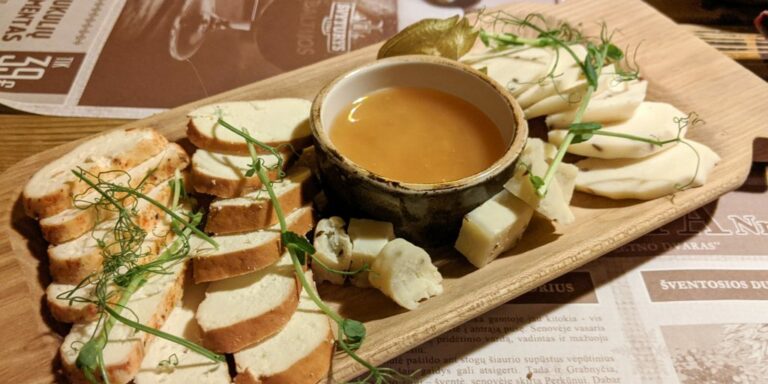Introduction: Baltic and Scandinavian cuisines
The cuisines of the Baltic and Scandinavian regions share some similarities due to their geographic proximity and historical connections. Both regions are known for their use of fish and seafood, as well as their emphasis on simple, wholesome ingredients. However, there are also distinct differences between the two cuisines, with Baltic cuisine drawing more heavily on the flavors and ingredients of Eastern Europe and Russia, while Scandinavian cuisine tends to be more influenced by the flavors of Northern Europe.
Historical connections between Latvia and neighbors
Latvia has a long history of cultural exchange with its Baltic and Scandinavian neighbors, dating back to the Viking era. Over the centuries, Latvia has been ruled by various Scandinavian and Baltic tribes, including the Teutonic Knights, and has also been occupied by neighboring powers such as Sweden and Russia. These historical connections have left their mark on Latvian cuisine, with many traditional dishes and ingredients reflecting Baltic and Scandinavian influences.
Similarities and differences in ingredients
One of the key similarities between Baltic and Scandinavian cuisine is their reliance on fish and seafood. In Latvia, fish such as herring, salmon, and cod are commonly used in traditional dishes, while in Scandinavia, fish such as salmon, cod, and haddock are staples. However, there are also differences in the way these ingredients are prepared and served. For example, Latvian cuisine often features smoked fish, while Scandinavian cuisine tends to favor pickled fish.
Cooking techniques and traditional dishes
Baltic and Scandinavian cuisines also differ in their cooking techniques and traditional dishes. In Latvia, stews and casseroles are common, as are dishes made with grains such as barley and rye. Scandinavian cuisine, on the other hand, tends to rely more heavily on simple, cooked or raw preparations of fish and seafood, as well as meat dishes such as meatballs and sausages. Traditional Latvian dishes such as piragi (savory pastries filled with bacon and onion) and grey peas with bacon are examples of dishes that draw heavily on Baltic culinary traditions.
Influence on modern Latvian cuisine
Despite the differences between Baltic and Scandinavian cuisines, both have had a significant impact on modern Latvian cuisine. Many traditional Latvian dishes have been adapted to incorporate Scandinavian and Baltic flavors and ingredients, and modern Latvian chefs often draw inspiration from both regions when creating new dishes. For example, the popular Latvian restaurant 3 Pavaru Restorans offers a menu that features both traditional Latvian dishes and contemporary fusion cuisine that draws on Scandinavian and Baltic flavors.
Conclusion: The impact of neighboring cuisines
In conclusion, Baltic and Scandinavian cuisines have had a significant impact on Latvian cuisine, both historically and in the present day. While Latvian cuisine has its own unique traditions and flavors, the cultural exchange between Latvia and its neighbors has resulted in a rich culinary tradition that draws on the best of both worlds. Whether you’re enjoying a traditional Latvian dish or a modern fusion creation, you’re sure to taste the influence of Baltic and Scandinavian cuisine in every bite.


